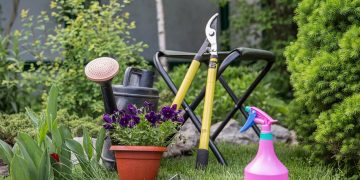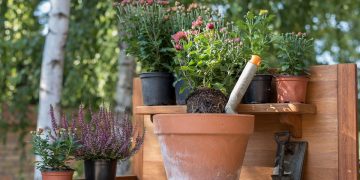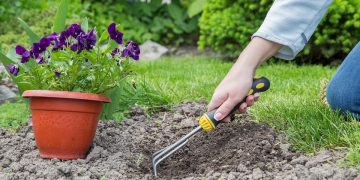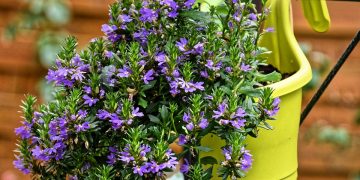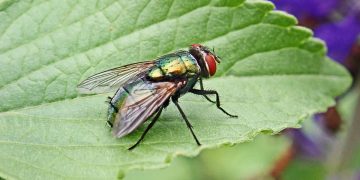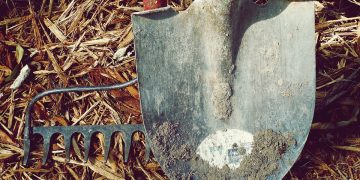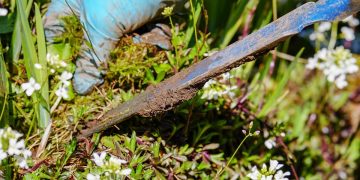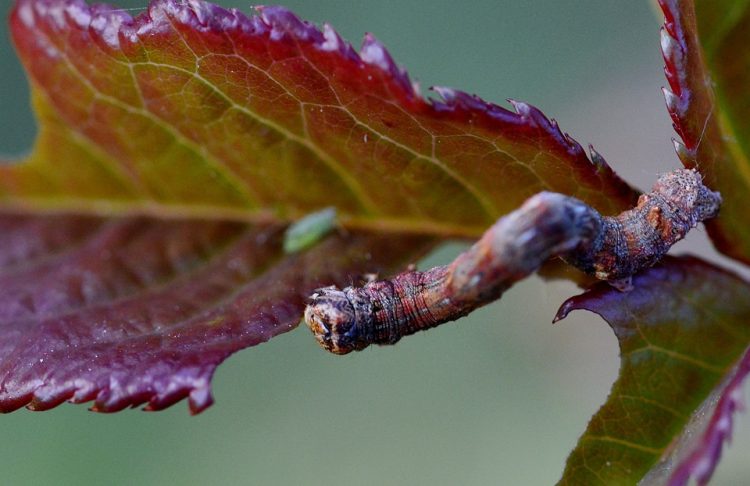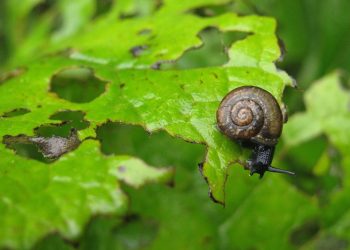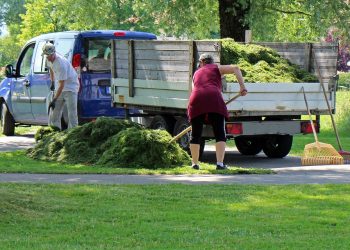Mastering Weed Control: A Gardener’s Guide to a Beautiful, Weed-Free Landscape
As any seasoned gardener knows, weeds can quickly take over a landscape, choking out your carefully cultivated plants and flowers. However, with the right strategies and techniques, you can keep your garden looking beautiful and weed-free all season long. In this comprehensive guide, we will cover everything you need to know to master weed control in your garden.
Understanding Weed Growth
Before we dive into the different methods of weed control, it’s important to understand how weeds grow and spread. Weeds are simply unwanted plants that compete with your desired plants for nutrients, water, and sunlight. They can spread through seeds, underground rhizomes, or by being carried by animals or the wind.
Types of Weeds
There are three main types of weeds: annuals, biennials, and perennials. Annual weeds complete their life cycle in one year, while biennials take two years to complete their life cycle. Perennial weeds are the most difficult to control, as they can live for several years and spread through underground rhizomes or seeds.
Preventative Measures
One of the best ways to control weeds in your garden is to prevent them from taking root in the first place. Here are some preventative measures you can take:
Mulch
Applying a thick layer of mulch around your plants can help prevent weeds from sprouting. Mulch not only suppresses weed growth but also helps retain moisture in the soil and regulate soil temperature.
Proper Plant Spacing
Planting your garden beds with proper spacing between plants can help prevent weeds from taking over. Crowded plants create opportunities for weeds to grow and compete with your desired plants for resources.
Weed Barrier Fabric
Weed barrier fabric is a great option for preventing weeds in areas where you don’t want any plants to grow. Simply lay the fabric down before planting and cut holes for your desired plants. This will block sunlight and prevent weed growth.
Manual Weed Control
For smaller gardens or areas with only a few weeds, manual weed control is an effective method. Here are some techniques for manually removing weeds:
Hand Pulling
Hand pulling is the simplest method of weed control. Simply grab the weed at its base and pull gently but firmly to remove the entire plant, including the roots. Be sure to remove weeds before they have a chance to go to seed.
Weeding Tools
There are a variety of weeding tools available, such as hand weeders, hoes, and weed pullers, that can make the job easier. Choose the right tool for the job based on the size and type of weeds you are dealing with.
Chemical Weed Control
If manual weed control is not feasible or practical for your garden, chemical weed control may be necessary. Here are some common types of herbicides used for weed control:
Pre-Emergent Herbicides
Pre-emergent herbicides are applied before weed seeds germinate and can prevent weeds from sprouting. These herbicides create a barrier in the soil that inhibits weed growth.
Post-Emergent Herbicides
Post-emergent herbicides are applied to weeds that have already sprouted. These herbicides target specific types of weeds and can be applied as a spray or granular form.
Natural Weed Control
For those who prefer to avoid chemical weed control, there are several natural methods you can use to keep weeds at bay:
Vinegar
Acetic acid, found in vinegar, is an effective natural weed killer. Simply spray vinegar directly on the weeds, being careful not to spray any desirable plants. Vinegar works best on young, tender weeds.
Boiling Water
Pouring boiling water on weeds can kill them by cooking the plant cells. This method is best used on weeds growing in cracks in sidewalks or driveways.
Regular Maintenance
Keeping up with regular maintenance is key to preventing weeds from taking over your garden. Here are some tasks you should incorporate into your gardening routine:
Regular Weeding
Set aside time each week to walk through your garden and pull any weeds that have sprouted. The sooner you remove weeds, the easier it will be to keep them under control.
Monitor Mulch Levels
Check the depth of your mulch regularly and add more as necessary to maintain a thick layer. Mulch not only suppresses weed growth but also helps retain moisture in the soil.
Conclusion
By understanding how weeds grow and spread, implementing preventative measures, and using a combination of manual, chemical, and natural weed control methods, you can keep your garden looking beautiful and weed-free all season long. Remember to stay on top of regular maintenance tasks to prevent weeds from taking over. With a little effort and dedication, you can master weed control and enjoy a stunning, weed-free landscape.
So, get out there and start mastering weed control in your garden today!



